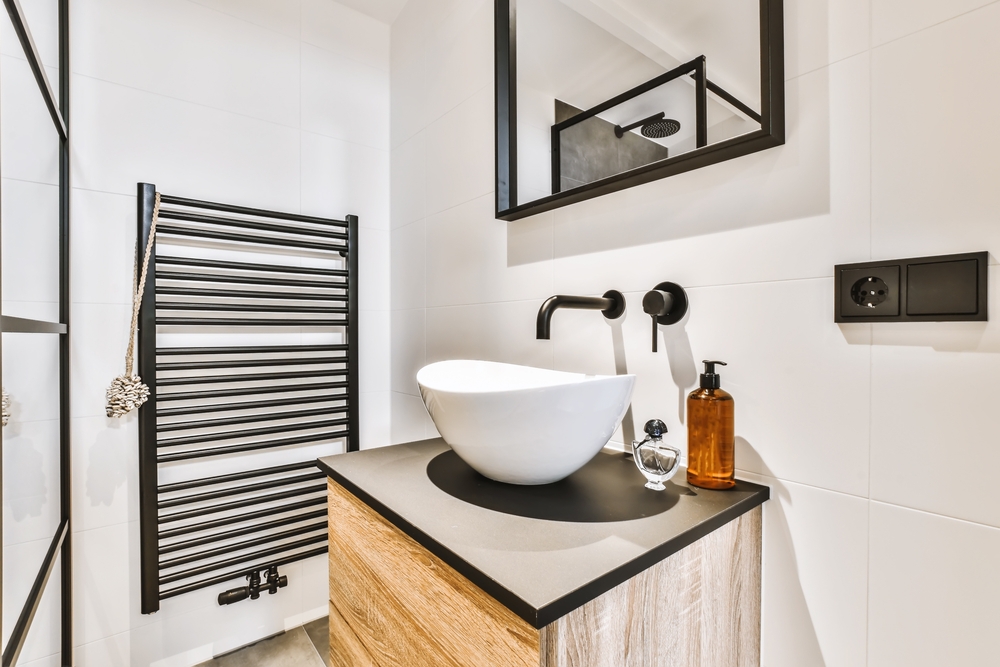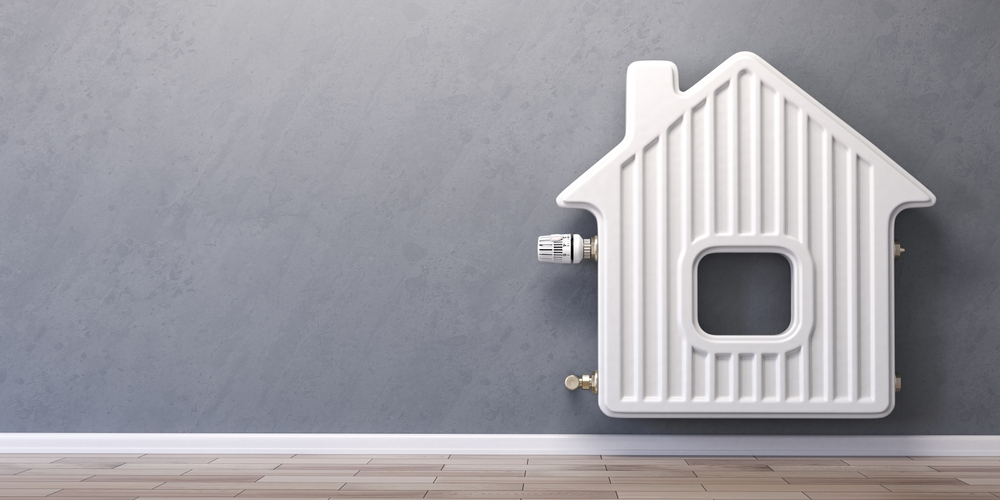If you’re looking for an efficient and effective way to heat your home, a radiant wall heater may be the perfect solution. These heaters use infrared technology to provide consistent and comfortable warmth. Plus, it does not take that much precious floor space.
While most commonly used in bathrooms, radiant wall heaters can also be installed in any room where supplemental heating is needed.
In this guide, we’ll walk you through the process of installing a radiant wall heater so you can enjoy its benefits in your home. From choosing the right heater to installation, we’ve got you covered. So let’s get started!
Select the Location
Before you begin, it’s important to choose the right location for your radiant wall heater. Since these heaters use infrared technology, they work best when installed on an exterior wall that receives direct sunlight. This allows the heater to effectively absorb and distribute heat throughout the room.
The location will depend on the layout of your room and any existing outlets or wiring. It’s also important to consider furniture placement and clearance for safety reasons.

Select From the Types of Radiant Wall Heaters
Radiant wall heaters come in various types, each with its own characteristics and advantages. Here are some common types of radiant wall heaters:
Electric Radiant Wall Heaters
Electric radiant wall heaters are a popular choice due to their low cost and ease of installation. These heaters use a heating element, such as ceramic or metal, to produce heat. They are also energy-efficient, making them a great option for long-term use.
This heater is perfect for small to medium-sized rooms and is often installed in bathrooms for quick and targeted heating.
Hydronic Radiant Wall Heaters
Another is the hydronic radiant wall system, which uses a liquid-filled tube to transfer heat. This type of heater is often more expensive to install, but it provides consistent and efficient heating.
It is also perfect if you are heating your hydro taps and other water-based systems. Just make sure you find a suitable hydrotap from sites like https://www.qbicheating.co.uk/cater-water-heat/boiling-water-tap/zip-hydrotaps-domestic.html to ensure the best results.
This heater is perfect for larger rooms and is a great long-term heating solution. Plus, it can also help to reduce humidity, making it ideal for bathrooms or damp areas.
Panel Radiant Wall Heaters
A panel radiant wall heater, also known as a bathroom panel heater, is a great option for small spaces or bathrooms. These heaters are slim and sleek, making them easy to install in tight areas.
They also come with built-in timers for energy-saving features. This heater is perfect for heating small spaces or bathrooms and can also be used as a secondary heat source in larger rooms.
Carbon Fiber Radiant Wall Heaters
Carbon fiber radiant wall heaters are a newer type of heater that uses carbon fiber to produce heat. They are lightweight, energy-efficient, and have low maintenance costs.
However, they may be more expensive upfront. This heater is perfect for any room and can also be used as a primary heat source in larger areas.
Micathermic Radiant Wall Heaters
Micathermic radiant wall heaters combine both convection and radiation heating for efficient and effective warmth. They are slim, lightweight, and can be mounted on the wall or used as a portable heater.
This makes them a versatile option for any room in your home. This heater is perfect for medium-sized rooms and can also be used as a portable option for targeted heating.

Gather Tools and Materials
Before you start the installation process, make sure you have all the necessary tools and materials. This may include a drill, screws, screwdriver, level, wire stripper, and wire connectors.
You’ll also need to purchase your chosen radiant wall heater and any additional accessories recommended by the manufacturer. Make sure to carefully read through the instructions provided with your heater before beginning the installation process.
Turn Off the Power and Prepare the Wall
Before you begin any electrical work, it’s crucial to turn off power to the room where you’ll be installing the radiant wall heater. This will ensure your safety as well as prevent damage to your home’s electrical system.
Next, prepare the wall for installation by ensuring it is clean and free from obstructions. If necessary, use a stud finder to locate the studs in the wall where you plan to mount the heater. It can also be helpful to mark the outline of the heater on the wall with a pencil for reference.
Locate Wall Studs and Begin Installation
Using a drill, carefully create holes for the screws in the marked locations on the wall. Then, using a screwdriver, mount the heater onto the wall by securing it to the studs.
Next, connect any necessary wiring according to the manufacturer’s instructions. Make sure to use wire connectors and follow proper safety protocols when working with electricity.
Once everything is securely in place, turn the power back on and test the heater to ensure it is working correctly.
Mark Mounting Holes and Secure the Heater Cover
If your radiant wall heater comes with a cover, it’s important to mark the location of the mounting holes on the wall before securing it into place. Use a level to ensure the cover is straight and then drill holes for the screws.
Finally, attach the cover to the wall using screws and a screwdriver. Double-check that everything is securely in place before turning the power back on. This can be a good time to also double-check that your hydro tap is working and correctly connected.
Test the Heater and Enjoy Effective Heating
Once your radiant wall heater is installed, it’s time to test it out! Turn the thermostat to your desired temperature and let the heater run for a few minutes. You should feel warm, comforting heat radiating from the unit.
During the test, make sure to check for any unusual noises or smells. If everything seems to be functioning correctly, you can now enjoy your new and effective heating system in your home! Remember to follow manufacturer recommendations for maintenance and safety precautions to ensure the longevity of your radiant wall heater.
Learn to Install a Radiant Wall Heater in Your Home
Installing a radiant wall heater is a relatively straightforward process. It can provide efficient and effective heating for your home. By following our step-by-step instructions, you can easily install a radiant wall heater in any room of your choosing.
With proper installation and regular maintenance, your radiant wall heater can provide reliable warmth for years to come.
For more articles, visit our blog page.





